Scarface (1932)
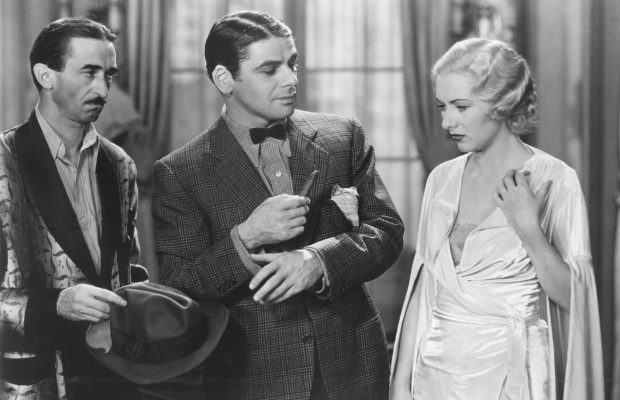
Toronto Film Society presented Scarface (1932) on Monday, July 22, 1968 in a double bill with His Girl Friday as part of the Season 20 Summer Series, Programme 2.
Production Company: Atlantic Pictures. Released by: United Artists. Producers: Howard Hughes and Howard Hawks. Director: Howard Hawks. Scenario: Ben Hecht, from the novel by Armitage Trail. Adaptation and Dialogue: Seton I. Miller, John Lee Mahin, W.R. Burnett. Photography: Lee Garmes, L. William O’Connel. Music: Adolph Tandler, Gustav Arnheim. Decor: Harry Olivier. Supervising Film Editor: Douglas Biggs. Film Editor: Edward Curtis. Assistant Director: Richard Rossen. Script Girl: Helen Lewis.
Cast: Paul Muni (Tony Camonte), George Raft (Guino Rinaldo), Boris Karloff (Gaffney), Ann Dvorak (Lesca Camonte), Karen Morley (Poppy), Osgood Perkins (Johhny Lovo), Vince Bernett (Angel), Henry Gordon (Ben), Purnell Pratt (Publisher), Inez Palange (Tony’s Mother), Edwin Maxwell (Police Chief), Tully Marshall (Managing Editor).
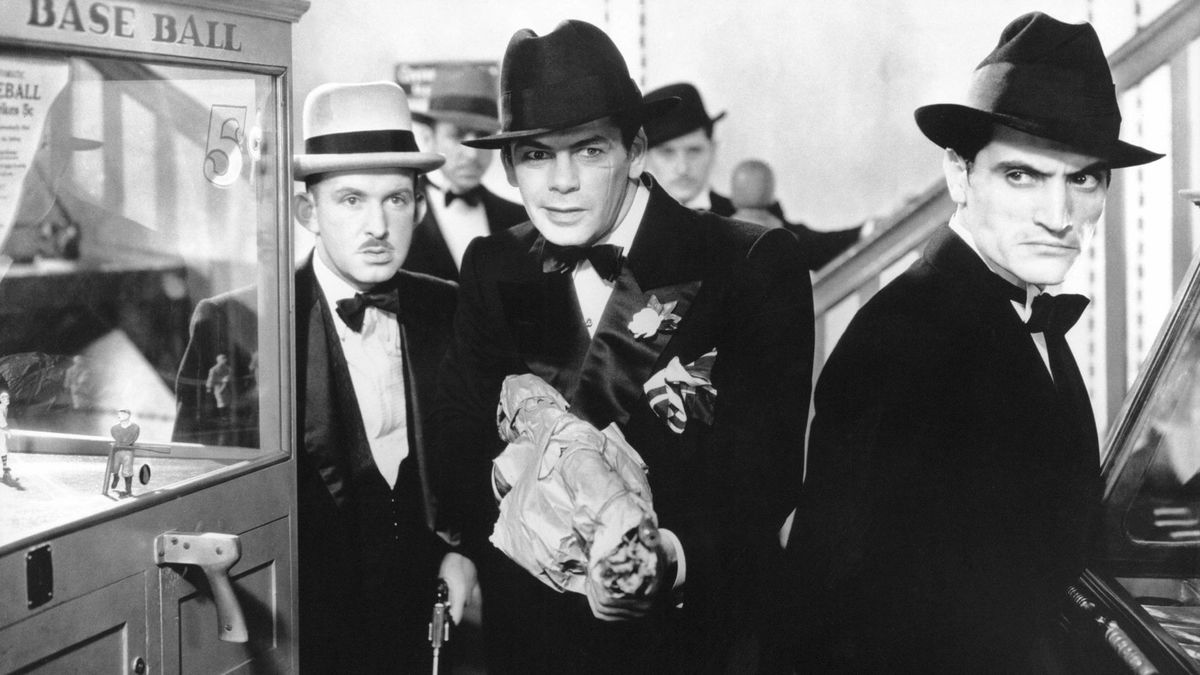
“When I saw Scarface for the first time, I didn’t say: ‘When I grow up, I’ll be a gangster’. I said: ‘Later on, I’ll make films’.”
Jean-Pierre Melville, quoted by Geoffrey Minish, Toronto Star, June 27, 1968
“Scarface was really the story of Al Capone. When I asked Ben Hecht to write it, he said, ‘Oh, we don’t want to do a gangster picture’. And I said, ‘Well, this is a little different. I would like to do the Capone family as if they were the Borgias set down in Chicago’. And he said, ‘We’ll start tomorrow’. We took eleven days to write the story and dialogue. We were influenced a good deal by the incestuous elements in the story of the Borgias. We made the brother-sister relationship clearly incestuous. But the censors misunderstood our intention and objected to it because they thought the relationship between them was too beautiful to be attributed to a gangster. We had a scene in which Muni told his sister that he loved her, and we couldn’t play it in full light. We wound up playing it in silhouette against a curtain with the light coming from outside. It was a little bit too intimate to show faces–you wouldn’t dare take a chance.”
Howard Hawks, in an interview by Peter Bogdanovich published by the Museum of Modern Art, New York
Scarface, a relentless record of the career of Tony Camonte/Al Capone, was cold, planned cinema to a degree bordering on the geometric. With Rio Bravo (also directed by Hawks), it shares the twin distinction of an almost callous alternation between comedy and violence, and of placing its boldest strokes of camera strategy at the beginning.
“Opening on a brooding street lamp, each successive visual point is ticked off like items on an inventory: the gangland stag party; the cleaner tearing down streamers and coming across a brassiere; the long travelling shot which follows the lurching progress of the solitary man in a paper hat to answer the ‘phone; the pan right to trace the sound of an intruder’s whistling; his shadow and that of the window, thrown against the wall; a greeting, the first two words spoken in the film, from the unsuspecting victim; the sound of a shot; the throwing away of the murder weapon; the return pan to take in the dead body on the floor. The whole ten-minute sequence is done in one take, with constant changes from long-shot to close-shot, the camera weaving through a semi-circular set honeycombed with interiors, 400 feet long, and ranging from 75-foot buildings to a back hall only 10 feet high.
“The same econimcal, not to say tight-lipped continuity is maintained throughout. Only the violence becomes more explicit, whether in the background–the opening references to police brutality–or in the alarming impression one gets of having a grandstand view of Camonte’s countless kills. These central passages, marred only by some horribly overacted rehetoric when a group of dignitaries accuse a newspaper editor of glorifying the gangster, justify the cumulative exhilaration of their retail and wholesale massacre by the delicate assurance of the muted intervals in between. Instead of numbing the tension, the endless violence increases it by reasonably implying that its agents are either apes or children, in any case unpredictable, and by permeating it with something more unnatural, something recondite and screwy, in Camonte’s attachment to his sister.”
Peter John Dyer, Sight and Sound, Summer 1962

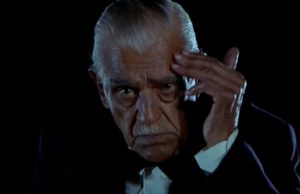
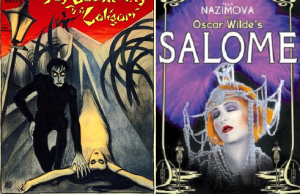
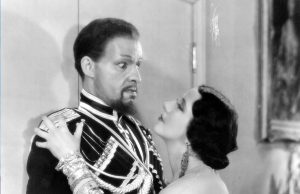






Leave a Reply